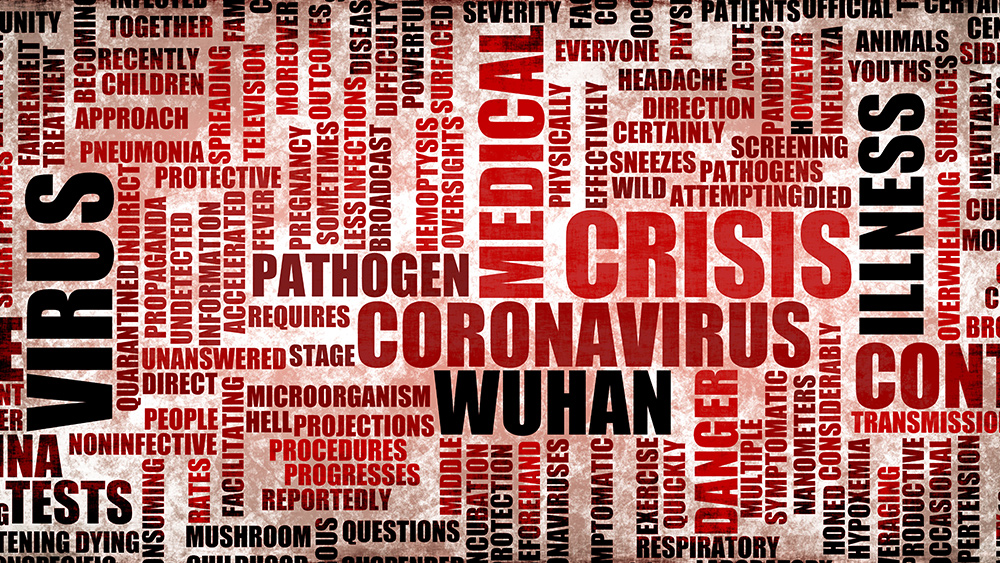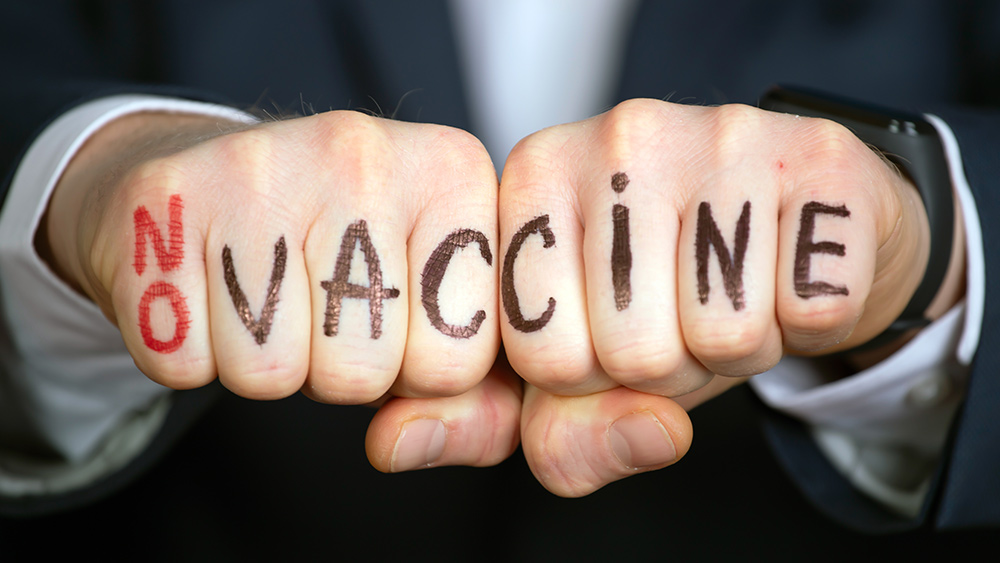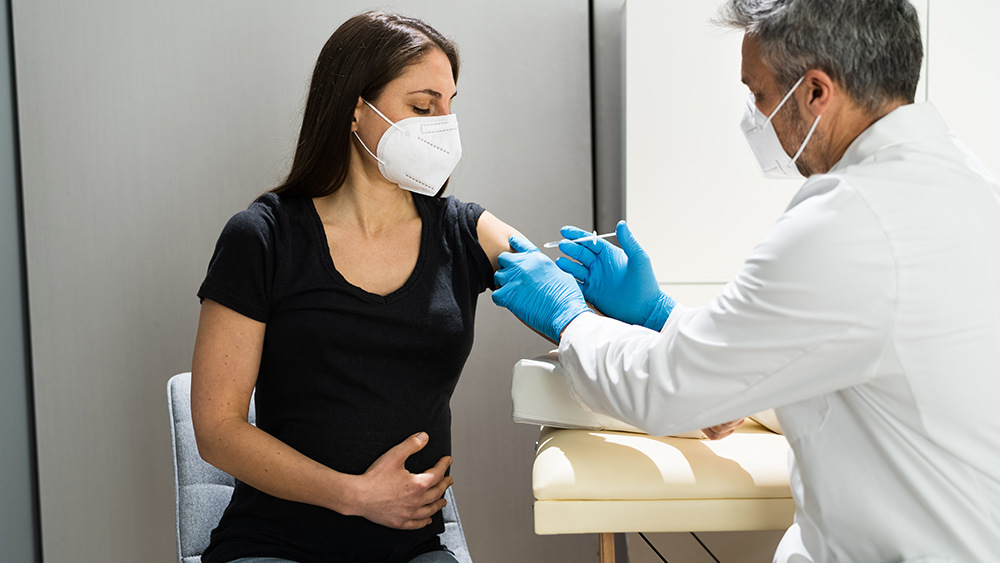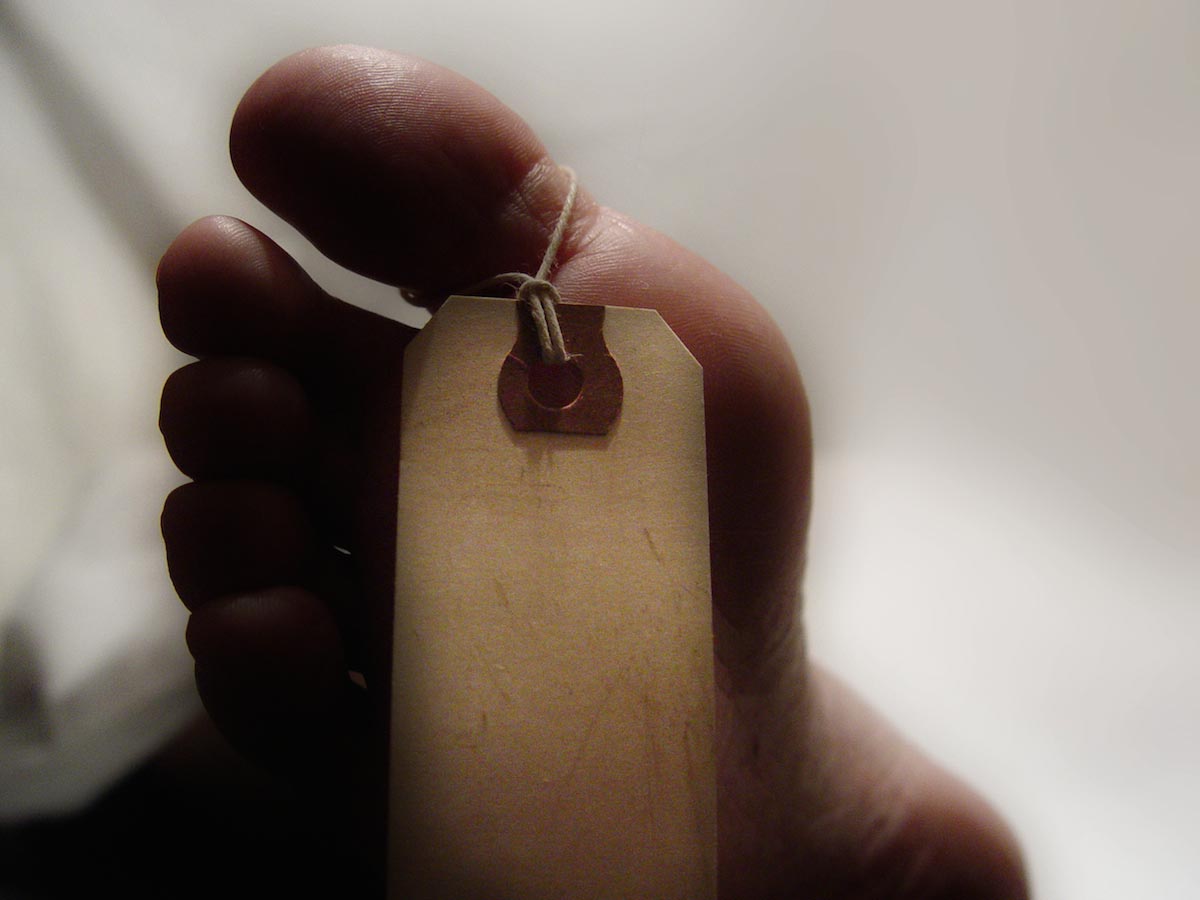America can beat coronavirus without lockdowns by studying South Korea’s “successful approach”
12/21/2020 / By Zoey Sky

The year is drawing to a close and while America was in lockdown for most of 2020, there doesn’t seem to be any major improvements in how the country is handling the coronavirus (COVID-19) pandemic.
However, in South Korea, citizens retain mostly normal routines without the need for lockdowns. Experts suggest that instead of enforcing lockdowns, the U.S. should learn from South Korea to deal with the pandemic more effectively.
South Korea’s COVID-19 response isn’t perfect, but it’s effective
Early in 2020, Park Young Joon, the director for epidemiological investigations at the Korea Disease Control and Prevention Agency (KDCA), was concerned that South Korea would lose the battle against coronavirus. He was dispatched to Daegu, a city with a population of 2.5 million in the south because of “an urgent situation.”
Experts have recorded several COVID-19 cases among members of the Shincheonji Church of Jesus, an obscure and secretive religious group with services that include close physical contact. The first congregant tested positive on Feb. 17 and was known as South Korea’s 31st COVID-19 patient.
In the days that followed, the number of new daily cases was in double digits. When it reached triple digits, health experts realized that “an exponential outbreak was in progress.”
At the time, public-health officials treated each case individually. Contact tracers gathered detailed histories of a patient’s recent whereabouts while others were screened.
However, many of the churchgoers and family members that tested positive didn’t have obvious links with earlier cases. To stop the infection, Park thought that drastic measures must be enforced, like quarantining everyone who entered the nine-story building housing Shincheonji’s Daegu operations.

The measure needed to be mandatory and it would be enforced on at least 9,000 people, regardless of where they were in the building or if they’d interacted with a known carrier. Those who tested positive would have their contacts screened, these people would then have their own contacts screened. Contact tracing would go on until the chain stopped.
While this particular strategy was expensive, it was a very effective one. The quarantine was in effect four days after the first Shincheonji diagnosis.
By mid-March, the Daegu outbreak was under control. South Korea’s response to the Shincheonji infections established the template for what is now being considered one of the world’s most effective efforts to contain the virus.
For most of 2020, South Korea kept infections within a manageable figure of about several hundred or fewer new cases a day. While the country didn’t totally eliminate coronavirus cases, it kept cases low enough that authorities could cope.
For at least three occasions, South Korea contained “dangerously fast-moving outbreaks” with “aggressive testing, high-tech contact tracing and mandatory isolation.” All of this without any lockdowns, a strategy President Moon Jae-in rejected early on in the pandemic because it would affect livelihoods and social bonds.
By September the Organization for Economic Cooperation and Development suggested that the Korean economy will contract by only one percent in 2020, which was relatively low compared with an average decline of 4.1 percent across the Group of 20 nations.
While unemployment is at least four percent higher than before the virus, the figure is still below the levels in other major economies.
And even if most of Asia has handled the pandemic well, South Korea gives the most convincing example for nations that want to limit death and disablement before a safe vaccine is developed. According to U.S. President-elect Joe Biden, the wait for the vaccine could mean over 250,000 American fatalities.
South Korea has also proven that attempting “a strategy of outright viral elimination” would be impossible for the rest of the world.
A lesson learned from the MERS virus
South Korea’s response isn’t foolproof and it lost over 500 people to coronavirus. The figure may seem small, but it’s a relatively high fatality rate by Asian standards.
New outbreaks, even if they’re small, are a constant threat. As of writing authorities are currently trying to control a new wave of infections in Seoul, the worst flare-up in South Korea since February.
While measures enforced aren’t as strict in other countries, daily life still isn’t 100 percent normal. Across South Korea, social distancing measures of varying intensity are enforced:
- Masks are required in almost all public spaces, especially “high-risk” venues like clubs, internet cafes, karaoke bars and public parks.
- Face masks are also mandatory in spas, wedding halls,
- Gyms, cafes, restaurants and nightclubs are mostly open, but capacity is often limited. All patrons must scan a QR code linked to a national contact-tracing system before entering.
- Schools have gone partially digital so students can space out.
Instead of lockdowns, Korea’s government and people thought of alternatives to a choice citizens in Western countries were often told was unavoidable. South Korea focused on using resources to achieve a simple but all-encompassing goal: “To keep society functioning.”
But the strategy requires a degree of caution that may seem too much for Americans until you compare it to the loss and economic struggle the U.S. suffered through with its different approach.
Park shared that while his life has changed drastically, it’s a sacrifice worth making as he and his colleagues have helped the country deal with the pandemic without any major losses. He believes that South Korea can sustain this approach until the pandemic ends.
“We call it long-term suppression—maintaining our society while suppressing the virus,” explained Park. In short, South Korea is applying a concept that involves learning how to live with the virus.
South Korea first learned that it wasn’t ready for a novel viral outbreak five years ago. Back in May 2015, a 68-year-old Korean man who managed a greenhouse business in Bahrain got sick ill after returning to Seoul.
His symptoms didn’t improve and he was admitted to a hospital outside the city. His doctors diagnosed him with pneumonia and five days later, after being transferred to a more sophisticated medical center, test results showed that he was Korea’s first carrier of Middle East respiratory syndrome (MERS).
MERS is a viral disease that’s fatal. It is also related to both severe acute respiratory syndrome (SARS) and coronavirus.
In 2015, MERS spread in South Korea when dozens of people were exposed at the first hospital where the returning traveler was treated. The pathogen also spread at the second hospital after a man exposed in the initial outbreak visited its emergency room. Eighty-two people were infected.
Nosocomial infections (those that spread in medical facilities) are one of the worst-case scenarios in public health, especially since hospitals are already treating sick or injured patients who are vulnerable.
Testing delays also gave MERS more time to spread. Officials declined to disclose where MERS patients were being treated, causing widespread panic. The infections claimed the lives of 38 patients.
Conservative President Park Geun-hye’s government learned from its mistakes. To ensure that the country doesn’t experience the same thing, a series of public-health reforms were enforced. In the past, the KDCA was a health ministry department with little real autonomy.
But after the MERS outbreak, it acted as the coordinating body for outbreak response, becoming a “control tower” for other agencies and local administrations in the country.
South Korea also created an emergency process for approving new diagnostic tests to expedite the time required from a year to a week or less. The country’s main public-health law was also updated so contact tracers could gather data from cellphones, credit cards, public-transit records and other sources “if necessary to prevent infectious diseases and block the spread of infection.”
But the law required that the information should only be used for public health purposes. Once the danger has passed, personal data must be destroyed.
Secrecy is detrimental to effective contact tracing
The earliest phase of the COVID-19 pandemic helped confirm that the new policies were needed.
When the surge started in Daegu, the virus was already spreading through the community. The first Shincheonji member to be diagnosed was a 61-year-old woman.
While she was admitted to a hospital on Feb. 7 after a car accident, she developed flu-like symptoms several days later. Unfortunately, hospitalized patients in Korea can leave and return while receiving treatment.
On Feb. 9, the woman went to church. She went again on Feb. 16 before doctors decided to administer a coronavirus test.
In the church, the woman interacted with over 1,000 people. Worse, the church is secretive. Some members hide their affiliation even from their immediate families, but now they were hard to track and trace as they continued to trace across South Korea.
The government struggled to confirm the identities of the church’s followers. It wasn’t until officials threatened sect founder Lee Man-hee with a criminal investigation that they were able to obtain the list with about 200,000 names.
Seoul policymakers remained wary of a lockdown even though it helped curb the virus in China. Park Neunghoo, Minister of Health and Welfare, explained that the basic principle Korea was enforcing focused on “a balance between preventive measures and economic growth.
Even though a shutdown would only have short-term effects on the economy, it could also have provoked a level of frustration that makes it difficult to “implement and enforce” preventive and quarantine measures. (Related: WHO: Lockdowns not the primary method for fighting COVID-19, governments must develop “better systems” against pandemic.)
To contain the drastic surge in infections, officials knew they had to take a scientific approach. The first would be to ramp up testing, which was made easier because of the rapid approval of commercial tests.
But while Korea was ahead of most countries, its front-line medical staff were still overwhelmed. To address this problem, Ahn Yeo-hyun, a 40-year-old anesthesiologist at a public health center in the port city of Busan, came up with a creative solution.
Ahn, who was assigned to help screen patients, knew protective gear was in short supply and that cross-infection from patients to clinicians was a concern. To protect both herself and patients, she thought of a “modified phone booth that a health-care worker could stand inside, using a pair of gloves embedded in one of its glass walls to swab a patient standing opposite.”
By eliminating the need for scarce full-body protection, booth operators would only need masks. After convincing her boss to allocate money for prototypes, she had a working model by March.
Hundreds of these booths were set up throughout Korea, and testing was expedited with another local innovation: Drive-thru testing sites. After several weeks, Korea had performed over a quarter-million tests while America only managed less than 35,000.
By the same time, the daily count of new infections fell below 100, where it remained for several months. But high-tech tools can be useless if patients lied about their movements.
In response, Korean made data on patients public on official websites. While patients remained anonymous, there are enough details that can be used to identify them.
Despite complaints, Koreans were “more willing to accept such intrusions than people of other nations,” especially since providing their details can help protect others they cared about.
Lockdowns restricted freedom more than contact tracing, one thing which also seemed to make Koreans more cooperative. With these measures, they’re confident that they can eat in restaurants and continue everyday activities that most Americans avoid even where they’re permitted amid the pandemic.
After studying South Korea’s response to the coronavirus pandemic, experts are hopeful that America can also find the resources for a “hard, final push for more effective testing and consistent rules on masks” by Jan. 20 next year, two factors that can significantly reduce coronavirus deaths.
The U.S. can also benefit from investing in contact tracing, even one that doesn’t require digital surveillance.
These measures need sustained focus, enough time and resources and the active support of the public, the last of which is sometimes difficult to secure. However, the more people cooperate, the faster America can resume a more normal life.
Sources include:
Submit a correction >>
Tagged Under:
coronavirus, coronavirus lockdown, coronavirus policies, covid-19, economy, Flu, government, infections, korea, lockdowns, outbreak, pandemic, poverty, quarantine, South Korea, superbugs, virus
This article may contain statements that reflect the opinion of the author





















